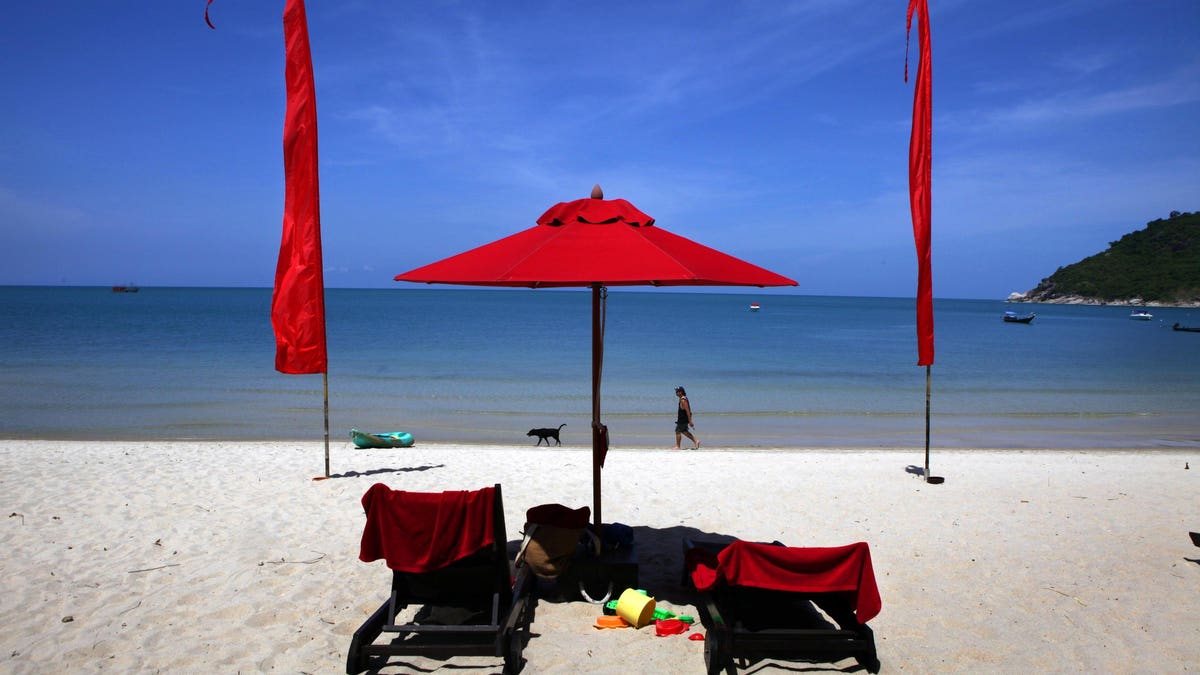OPEC recently increased its global oil demand growth forecast by 100,000 bbls/d. This marks the first change since February, as the group responds to accelerating demand signals. A new dynamic that may continue to drive this trend is that both elastic and inelastic consumers are increasing consumption at a variety of headline prices.
OECD countries represent largely inelastic demand, with commuting and travel representing some of the more price-sensitive activities. Historical behaviors included increased public transportation use as gas prices increased, and reduced leisure travel. These behaviors are not showing up in the way they used to. Public transportation remains at fractions of pre-pandemic levels. There is much debate over whether this is due to safety, lingering COVID concerns, or changing behaviors but in any regard, ridership did not increase at a variety of gasoline prices over the past few years.
Leisure travel is another component that has historically been further down the consumption list, but millennials are changing this. A study by Harris Group found that 72 percent of millennials prefer to spend on experiences rather than on material things. By experiences, most of them mean travel, not art galleries. They travel 35 days of the year, significantly above other generations, and above what their parents even dreamed of at their age. Millennials are the fastest-growing age group in the global population, so changing behaviors is meaningful. Their preference for travel means that in declining income environments it will be material purchases that get delayed, and travel will remain as long as it can. A large contingent of boomers in retirement have also already committed to their travel plans and have been saving for years. They are hitting Route 66 no matter what. Suddenly these trends are making OECD demand even more inelastic.
Oil growth outside the OECD is primarily in India and China. These countries represent critical demand growth, but it is a more elastic source of demand, retreating at higher prices. Oil use in major industries declines when prices are high. Crude oil is also a major source of power generation in India but under a variety of price scenarios alternatives are preferred.
Russia as a top three supplier of crude to India has changed this dynamic; limited global buyers for Russian crude have kept it relatively cheap for India at a variety of prices. This has insulated those economies from price increases as the demand for Russian grades is limited by the extent of the sanctions. India’s average basket of crude may even come in below-forecasted government budgets, a rarity for the country.
The bifurcated global market means that OECD countries, increasingly inelastic, are continuing to consume at a variety of prices, while high-growth nations are currently more insulated than ever from increasing prices. This is a unique recipe for accelerating oil demand.
Read the full article here





